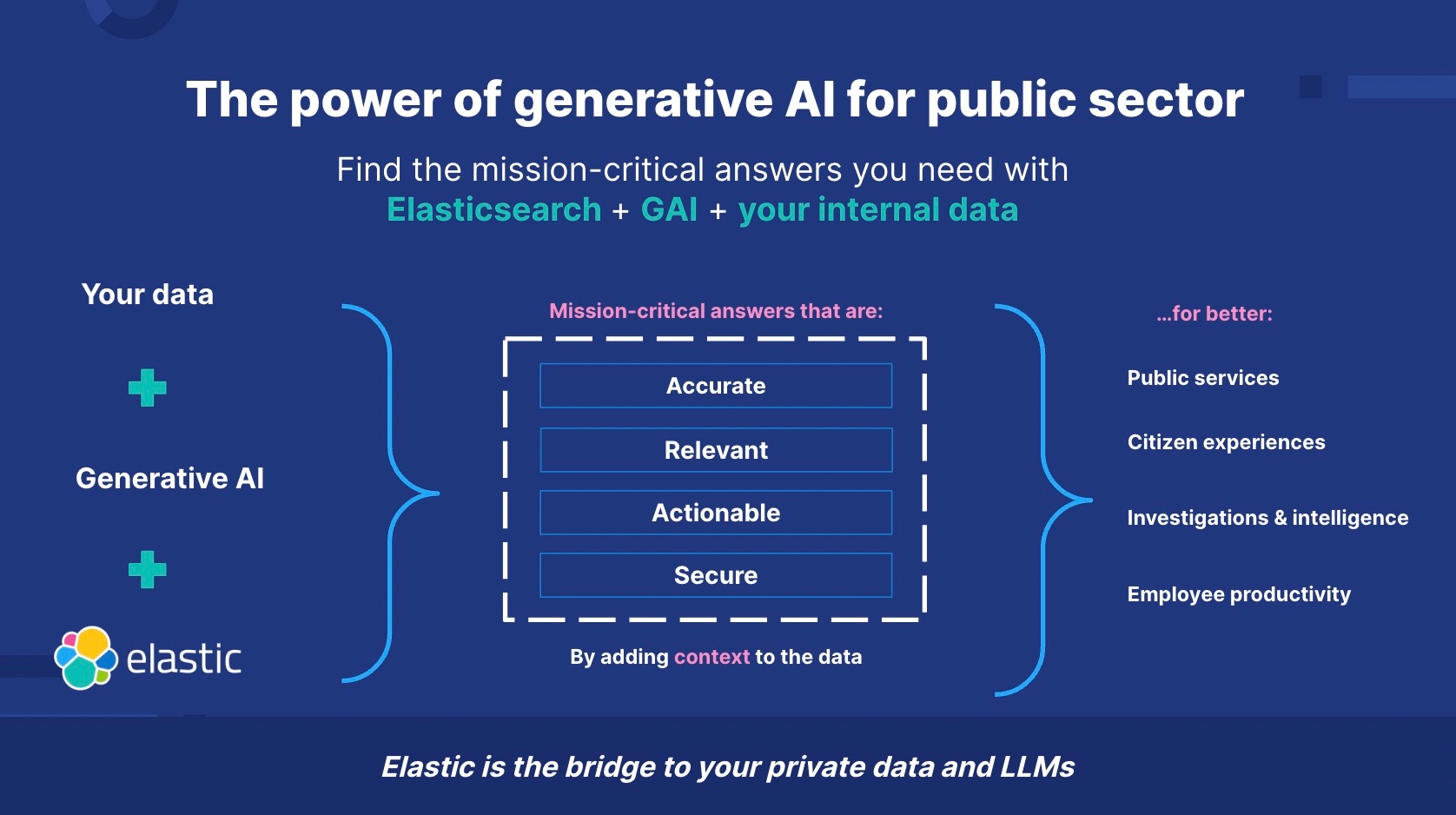Featured
That's why so many are carrying out dynamic and intelligent conversational AI models that clients can interact with through text or speech. In enhancement to consumer solution, AI chatbots can supplement advertising and marketing initiatives and assistance internal communications.
Most AI companies that train huge versions to produce text, images, video clip, and audio have not been transparent concerning the material of their training datasets. Various leakages and experiments have actually exposed that those datasets include copyrighted product such as books, newspaper short articles, and flicks. A number of claims are underway to establish whether usage of copyrighted material for training AI systems makes up fair usage, or whether the AI firms need to pay the copyright holders for usage of their product. And there are naturally several groups of negative stuff it could theoretically be made use of for. Generative AI can be made use of for personalized rip-offs and phishing assaults: As an example, making use of "voice cloning," scammers can copy the voice of a specific individual and call the individual's household with an appeal for help (and money).

(Meanwhile, as IEEE Spectrum reported today, the united state Federal Communications Commission has responded by banning AI-generated robocalls.) Picture- and video-generating devices can be used to produce nonconsensual porn, although the devices made by mainstream firms prohibit such use. And chatbots can theoretically stroll a would-be terrorist with the steps of making a bomb, nerve gas, and a host of other scaries.
What's more, "uncensored" versions of open-source LLMs are out there. Regardless of such prospective problems, many individuals believe that generative AI can likewise make individuals more productive and can be used as a tool to make it possible for entirely brand-new kinds of imagination. We'll likely see both catastrophes and innovative bloomings and lots else that we don't expect.
Discover much more regarding the math of diffusion models in this blog post.: VAEs are composed of 2 semantic networks normally described as the encoder and decoder. When provided an input, an encoder converts it into a smaller, extra dense depiction of the information. This compressed representation preserves the info that's required for a decoder to rebuild the original input data, while disposing of any type of unimportant details.
Ai Trend Predictions
This allows the individual to easily sample brand-new unexposed representations that can be mapped through the decoder to generate unique data. While VAEs can generate results such as pictures much faster, the pictures generated by them are not as described as those of diffusion models.: Found in 2014, GANs were considered to be one of the most commonly used method of the 3 prior to the current success of diffusion models.
The two designs are educated with each other and get smarter as the generator creates far better web content and the discriminator improves at spotting the generated material. This treatment repeats, pushing both to continually improve after every iteration up until the produced web content is indistinguishable from the existing material (AI adoption rates). While GANs can offer high-quality examples and produce results promptly, the sample variety is weak, consequently making GANs better suited for domain-specific information generation
One of one of the most popular is the transformer network. It is necessary to comprehend how it works in the context of generative AI. Transformer networks: Similar to persistent neural networks, transformers are created to process sequential input data non-sequentially. Two devices make transformers specifically proficient for text-based generative AI applications: self-attention and positional encodings.
Generative AI starts with a foundation modela deep learning model that functions as the basis for several different sorts of generative AI applications - AI-generated insights. The most common foundation models today are huge language versions (LLMs), created for text generation applications, but there are additionally structure designs for picture generation, video generation, and audio and music generationas well as multimodal foundation models that can support numerous kinds content generation
Ai Ecosystems
Discover much more regarding the background of generative AI in education and terms associated with AI. Find out more about how generative AI features. Generative AI devices can: React to triggers and concerns Create photos or video clip Sum up and manufacture info Revise and modify content Create creative works like musical make-ups, tales, jokes, and poems Compose and fix code Manipulate information Develop and play video games Abilities can differ dramatically by tool, and paid versions of generative AI devices typically have specialized features.

Generative AI devices are frequently finding out and advancing yet, as of the date of this magazine, some constraints include: With some generative AI devices, continually incorporating actual research into message stays a weak functionality. Some AI tools, for instance, can generate message with a reference checklist or superscripts with web links to sources, yet the recommendations frequently do not correspond to the text produced or are fake citations constructed from a mix of genuine magazine information from multiple resources.
ChatGPT 3 - What are AI's applications in public safety?.5 (the free variation of ChatGPT) is trained using data offered up until January 2022. Generative AI can still make up possibly wrong, oversimplified, unsophisticated, or biased actions to questions or prompts.
This listing is not extensive however features several of one of the most widely used generative AI devices. Tools with totally free variations are shown with asterisks. To ask for that we add a device to these listings, call us at . Generate (sums up and synthesizes resources for literary works evaluations) Talk about Genie (qualitative research AI assistant).
Latest Posts
Ai Regulations
How Does Ai Improve Supply Chain Efficiency?
Ai In Daily Life